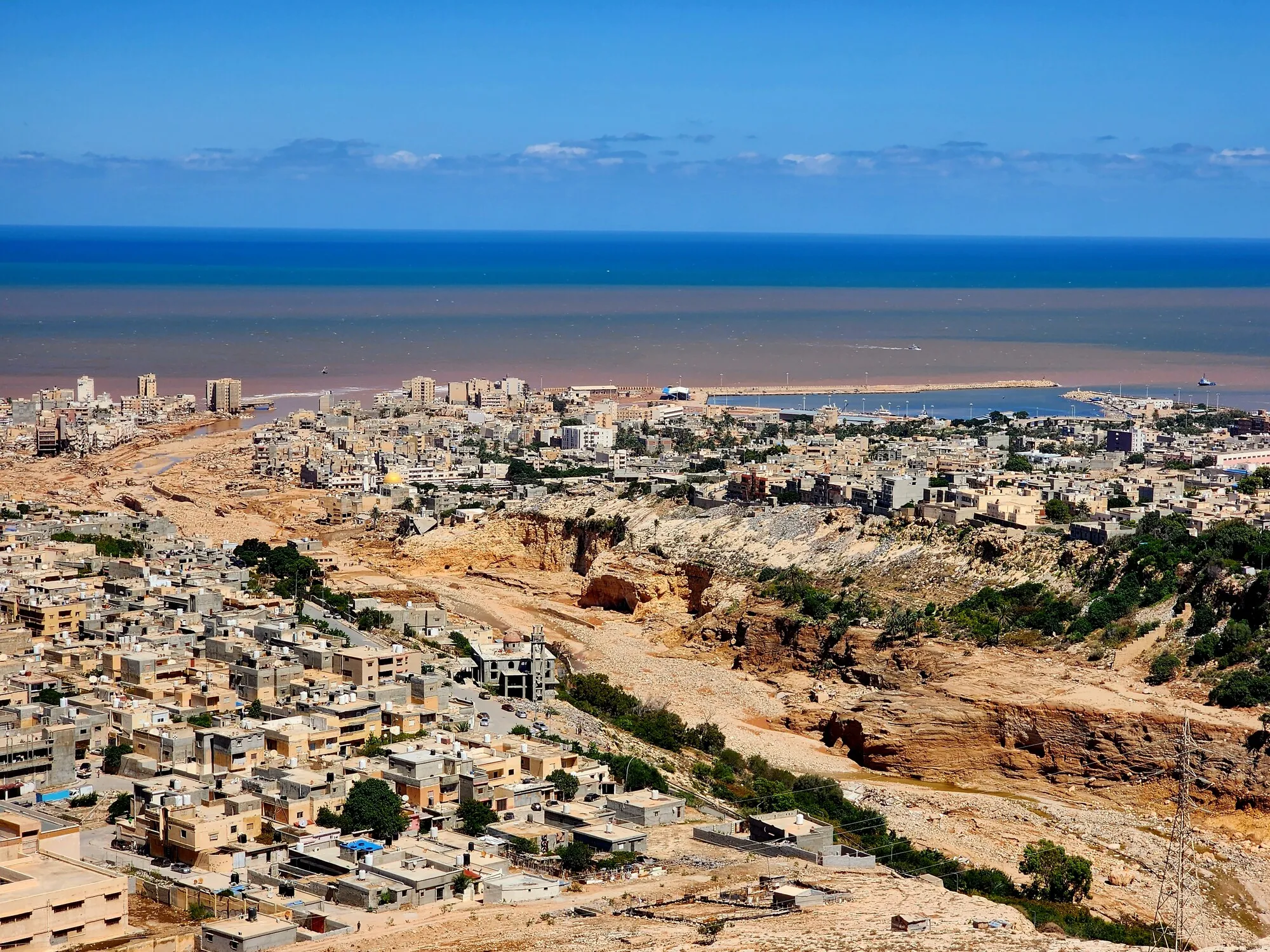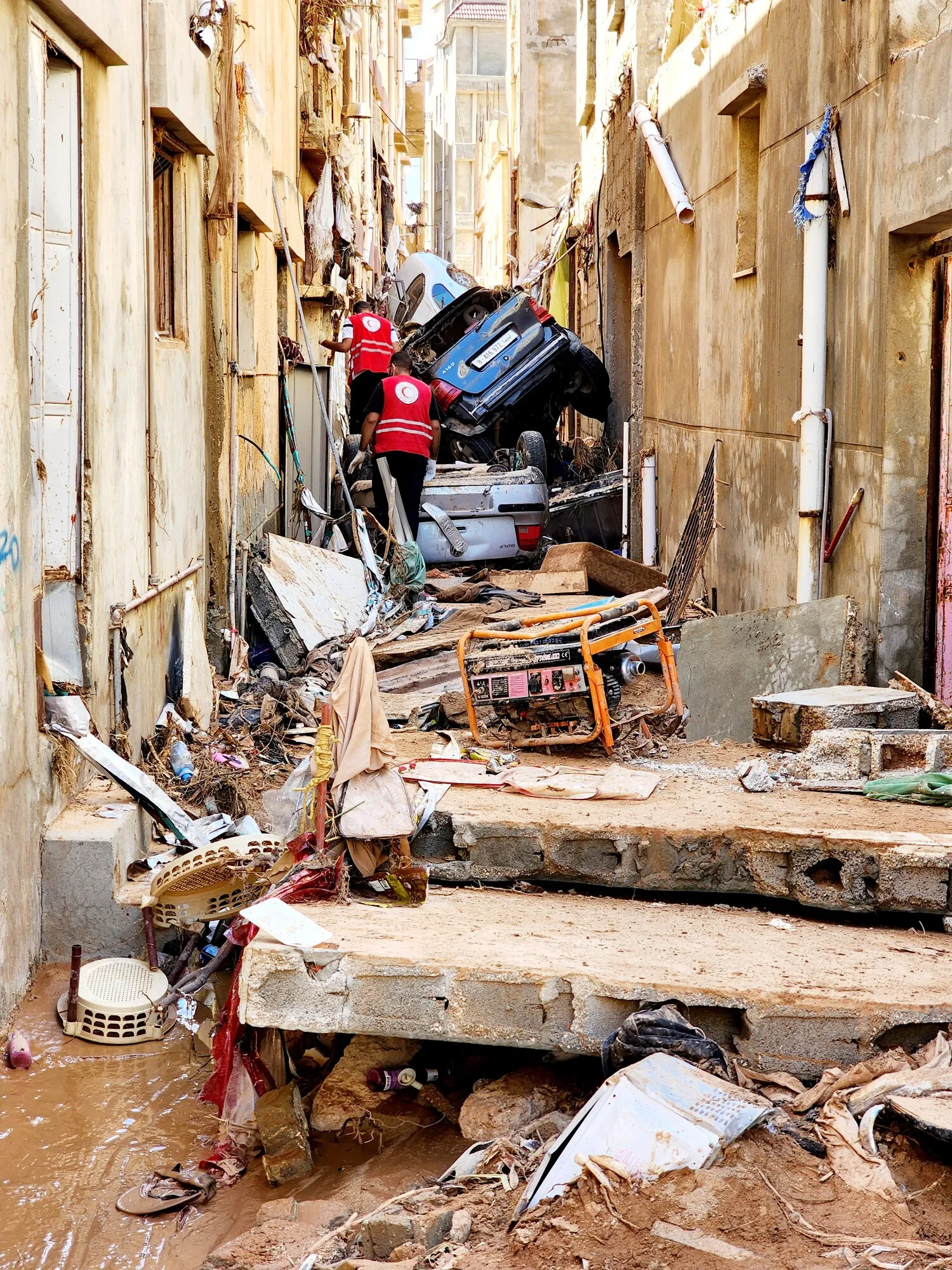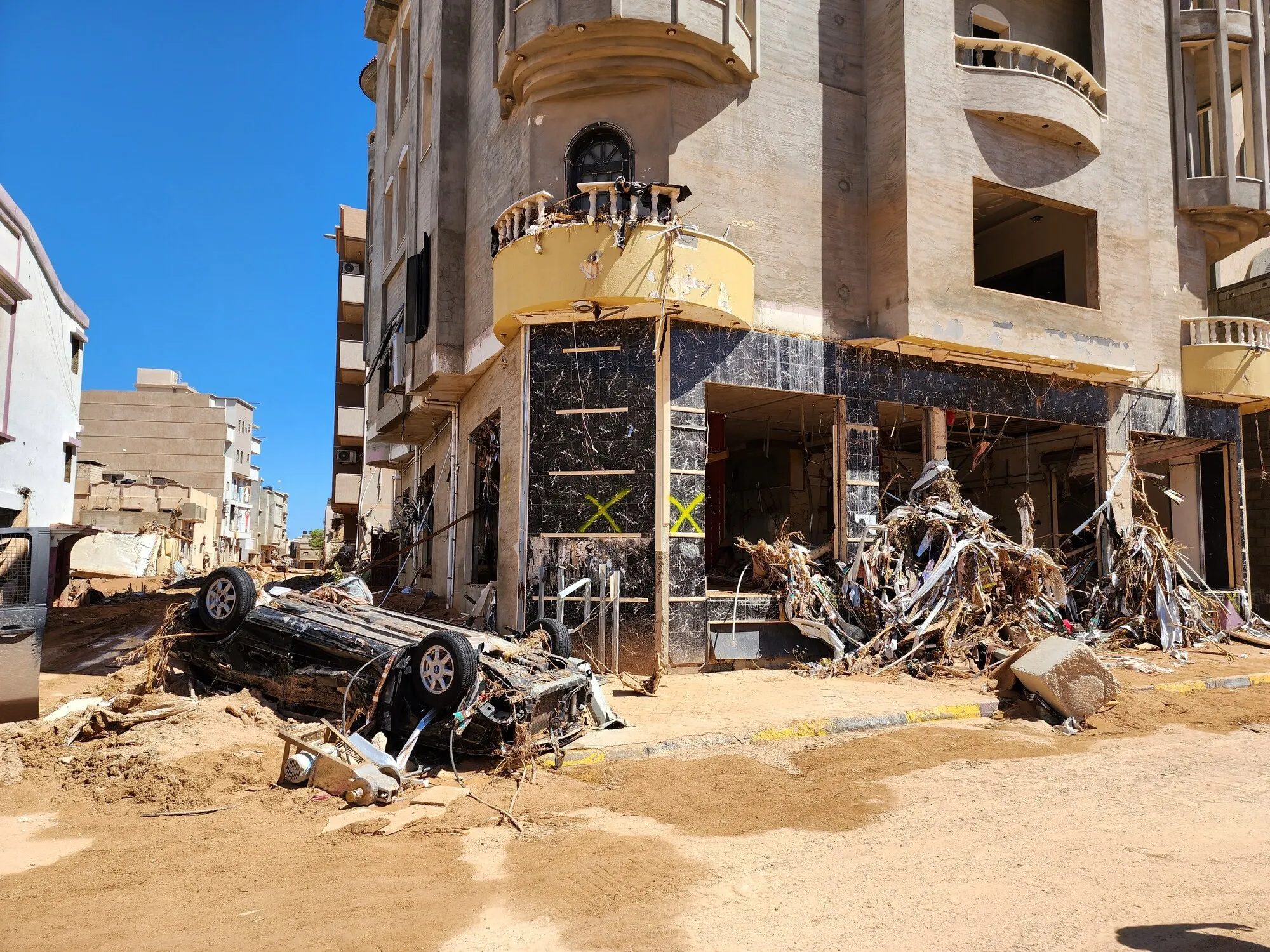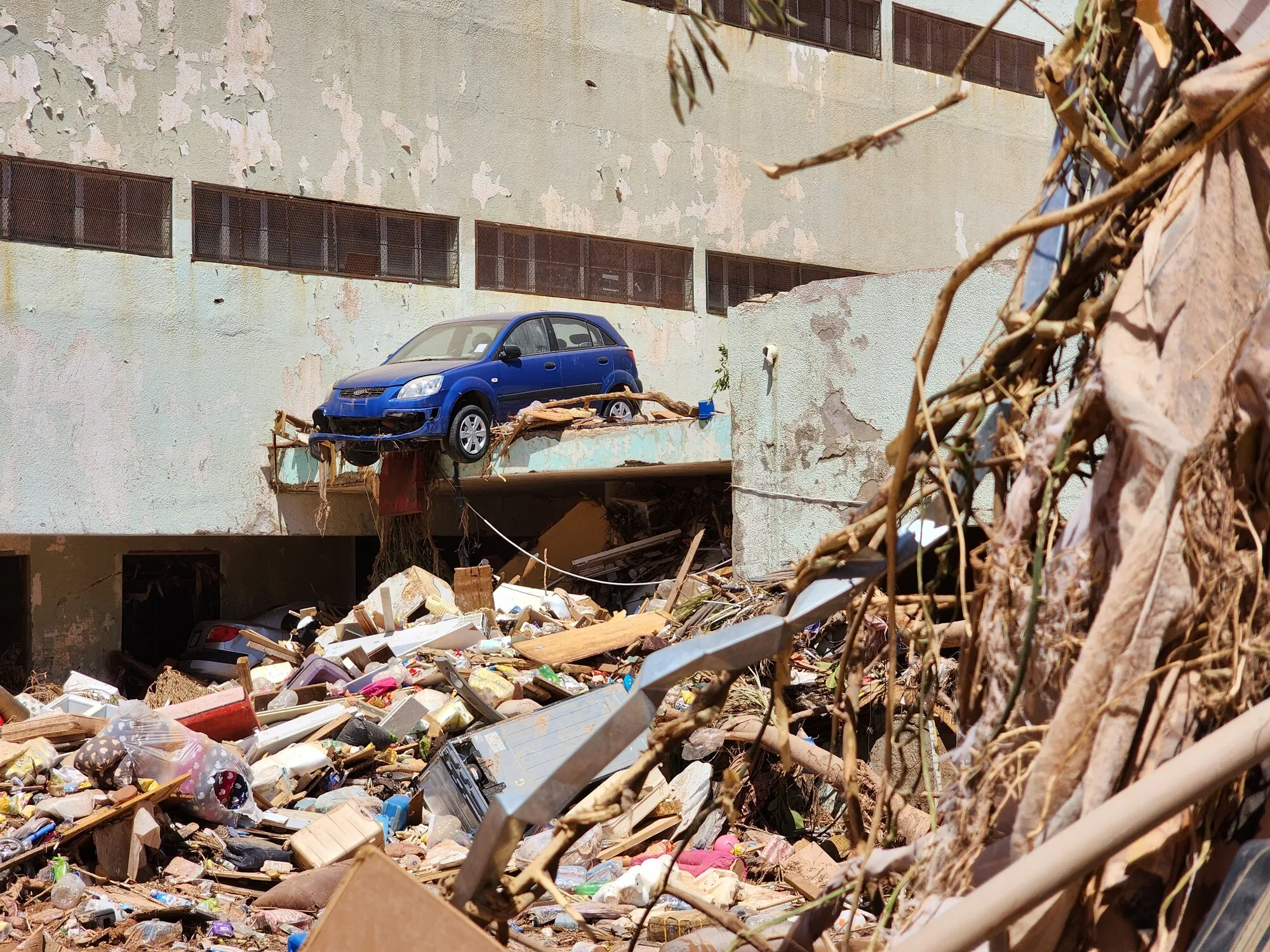As of Friday morning, the death toll reached many thousands, with the United Nations reporting at least 30,000 people already having been displaced.
“Storm Daniel and subsequent severe floods have devastated Libya; the whole country is in shock,” Reema Lazar, Program Manager for CARE Libya, said.
“With water levels as high as ten meters, large parts of Derna in the east and surrounding areas have been utterly wiped out with communication and electricity networks down, and medical facilities destroyed.”




